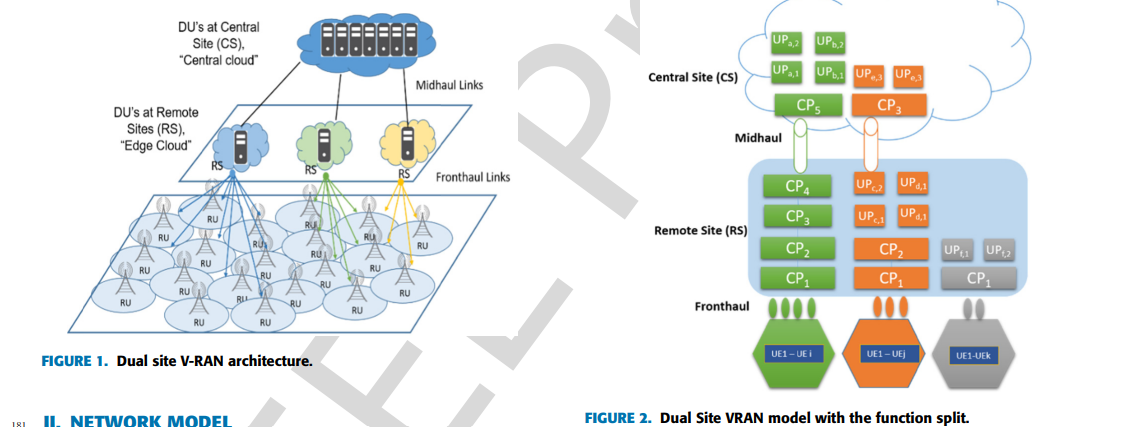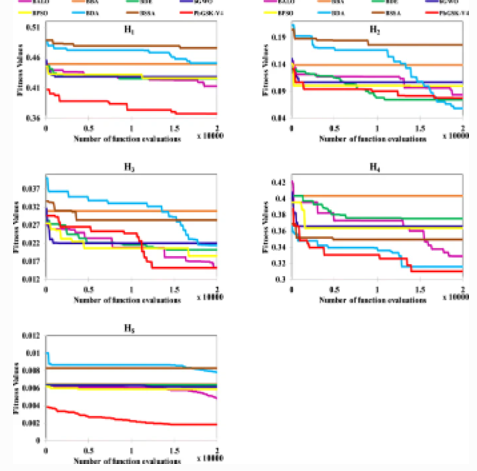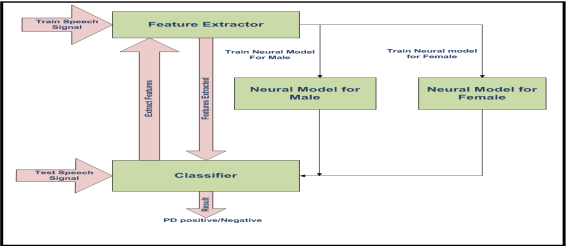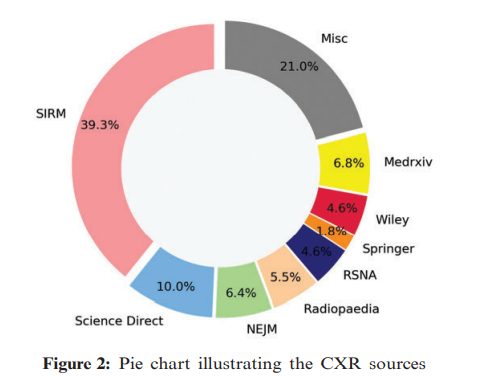
Optimum functional splits for optimizing energy consumption in V-RAn
A virtualized radio access network (V-RAN) is considered one of the key research points in the development of 5G and the interception of machine learning algorithms in the Telecom industry. Recent technological advancements in Network Function Virtualization (NFV) and Software Defined Radio (SDR) are the main blocks towards V-RAN that have enabled the virtualization of dual-site processing instead of all BBU processing as in the traditional RAN. As a result, several types of research discussed the trade-off between power and bandwidth consumption in V-RAN. Processing at remote locations instead of BBU reduces mid-haul bandwidth at the expense of power consumption and vice versa. As a result, the integration of NFV and SDR in V-RAN facilitates dynamic power consumption and processing whenever relaxation is needed. This paper studies several functional splits proposed by ETSI in the NFV of the dual-site network. In addition, network performance is analyzed in terms of data rate, power consumption, and energy efficiency (EE) optimization. Furthermore, the combined optimization of power consumption and mid-haul bandwidth are investigated, and optimal operating parameters are recommended for similar network operators. Thus, regulators/operators can adjust their networks with these parameters to achieve the best performance. Additionally, the UEs switching scheme is introduced to sleep some RRHs in low-density traffic to lessen power consumption. © 2019 IEEE Computer Society. All rights reserved.



